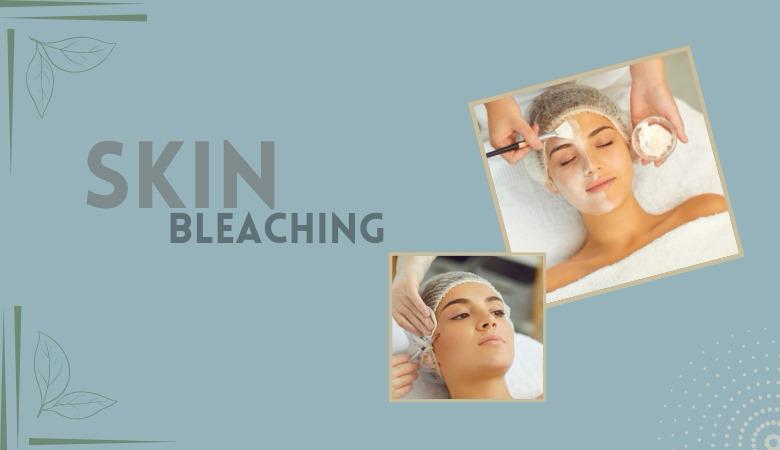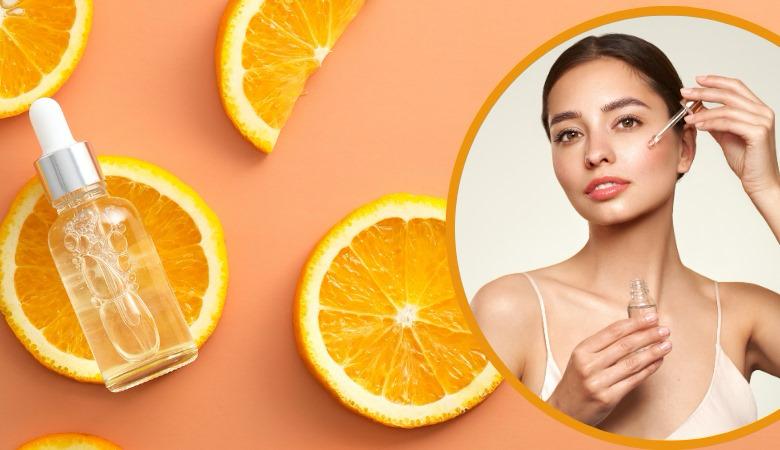Skin lightening care reduces the amount of melanin, the pigment that makes up skin. They are occasionally called bleaching, whiteners, skin brighteners, or dim creams. Many people who use lighteners do so to treat age spots, acne scars, and discoloration caused by hormones. It’s also a procedure for whitening naturally dark Skin Lightener.
There are dangers related to using skin-lightening lotions. Read the label and understand the advantages of any skin-lightening product you want to use before you buy it.
What elements Affect Skin Tone?
Skin tone is controlled by the amount of melanin in the skin. Specialized cells called melanocytes produce the pigment known as melanin. It is more prevalent in people with darker complexions.
Your genetic composition primarily determines your skin’s melanin content. Melanin production can also be impacted by exposure to sunlight, hormones, skin injury, and specific chemicals.
Color changes in the skin usually go away on their own. For example, tans deteriorate with decreasing direct sun exposure. However, some discolorations—like “age” or “liver” spots—become more or less irreversible over time.
What Is Skin Bleaching?
Skin bleaching is a cosmetic procedure used to reduce the appearance of skin stains and even out skin tone. Bleaching creams can be purchased over the counter and without a prescription.
Some people apply skin lightener all over their body to change their tone, but this can be harmful. Bleaching can result in mercury poisoning because mercury is an active element in several skin lightener products.
Toxic in nature, mercury can lead to notable neurological, renal, and mental issues. Using a skin-lightening product to accommodate mercury while pregnant increases the risk of mercury vulnerability for the fetus.

How Do Lightening Creams Operate?
Skin lightening creams include an active ingredient, or a combination of ingredients, that reduces the amount of melanin in the skin where they are administered. The most prevalent ingredient in skin-lightening creams in the US is hydroquinone.
The FDA controls hydroquinone use in the US. Skin-lightening products sold over the counter may include up to 2% hydroquinone. Dermatologists can prescribe lighteners with 4%–6% hydroquinone.
It’s critical to adhere to the written directions from your doctor and inquire about the safety of any hydroquinone product.
Some skin-lightening solutions contain pharmaceuticals as active ingredients, such as retinoic acid and steroids, which are derived from vitamin A. Furthermore, natural ingredients like kojic acid, a chemical formed from a fungus, and arbutin, which is found in a variety of plants, are used in some skin-lightening treatments.
Skin-Lightening Creams Risk
The possible exposure to mercury posed by some skin-lightening products is one of the most notable hazards. According to one study, mercury was present in almost one in four skin lighteners invented in Asia and marketed outside the United States.
Additional dangers are associated with skin-lightening products. These dangers may consist of the following:
- Extended use may cause the skin to age prematurely.
- Long-term use may raise the chance of sun exposure-related skin cancer. Always wear a broad-spectrum sunscreen when using a skin-lightening product and heading outside.
- Specific skin-lightening products contain steroids, which might raise your risk of acne, skin thinning, infections, and slow wound healing.
- Large regions of skin applied with steroids may increase your risk of developing health issues as a result of the body absorbing the steroids.
- Hydroquinone may result in ochronosis, an undesired and incurable skin darkening.
- All kinds of bleaching agents, even those derived from plants, have the potential to irritate or react allergically to the skin.

Particular Care Instructions for Skin-Lightening Creams
- Consult your physician before using a skin-lightening product and request the product’s particular instructions.
- Verify the product doesn’t contain any mercury. Various names include Mercurio, Calomel, and Mercuric, also known as Mercury.
- Verify that the hydroquinone in an over-the-counter skin-lightening product is at least 2%.
- Never assume hydroquinone is safe to use if a label identifies it but doesn’t specify how much is in it. Certain imported items may not have correct labels and contain higher levels of hydroquinone than are permitted in the United States.
Read Also: Guide to Selecting Best Skin Whitening Cream for Your Needs
Final words
In conclusion, some essential ingredients have proven safe and effective when creating skin-lightening creams. These include arbutin, vitamin C, niacinamide, licorice extract, hydroquinone, kojic acid, and retinoids. Alpha hydroxy acids include glycolic acid. Each component reduces pigmentation, encourages skin cell turnover, and inhibits the formation of melanin through various processes. However, when adding these components to skincare formulas, it’s essential to consider certain skin types, sensitivities, and possible side effects. Additionally, getting expert advice on the best substances to use to achieve the desired skin-lightening results while preserving skin health and safety can be obtained by speaking with a dermatologist or skincare specialist.
